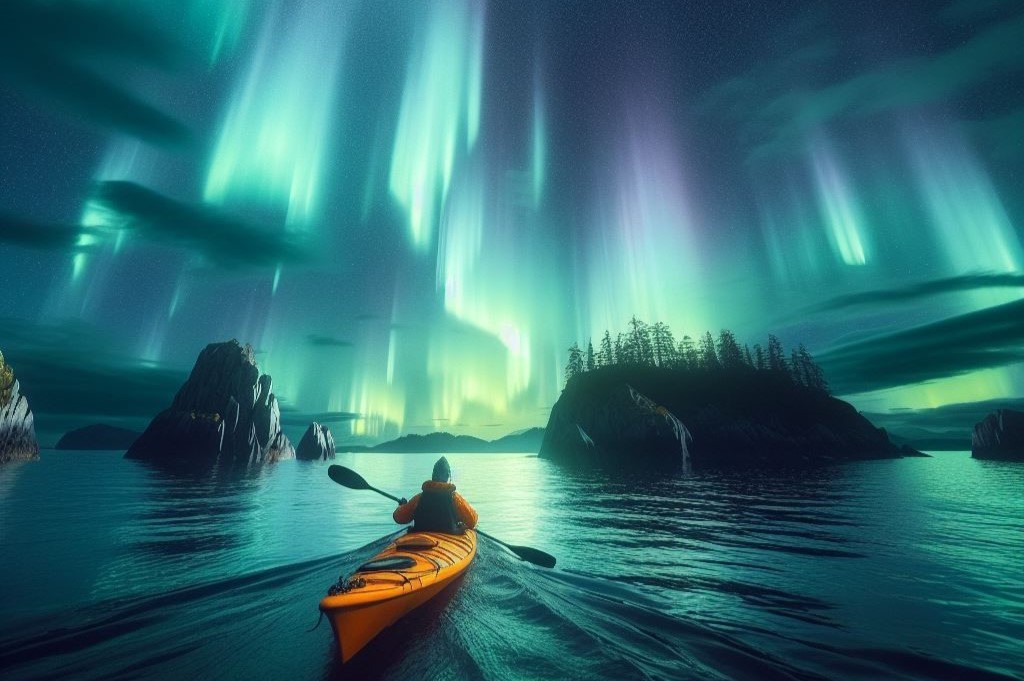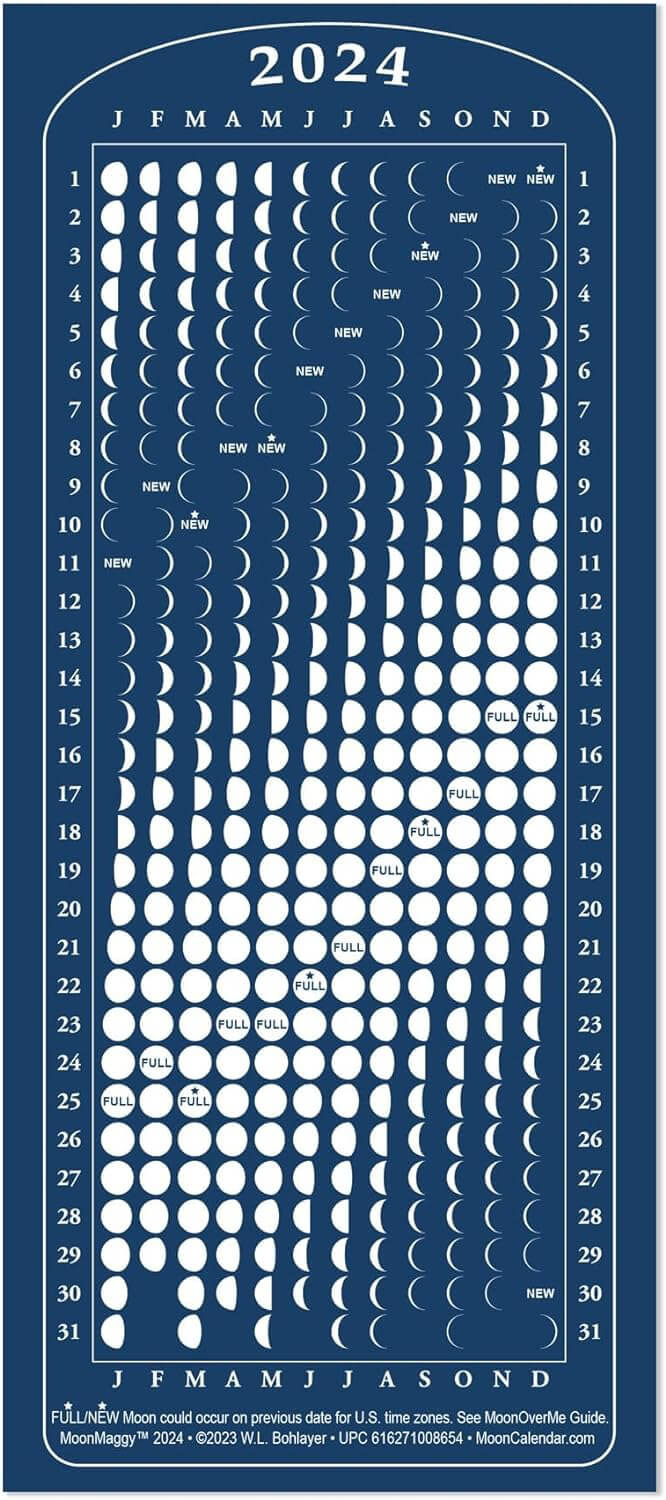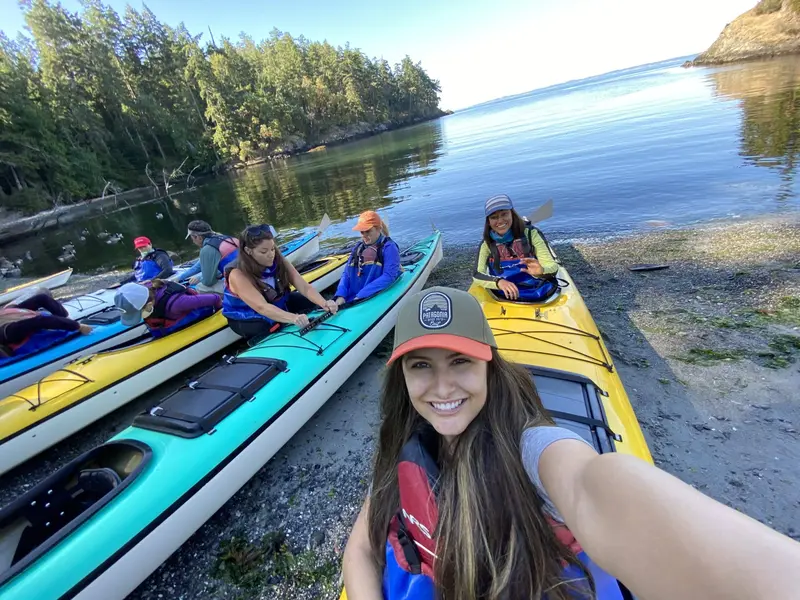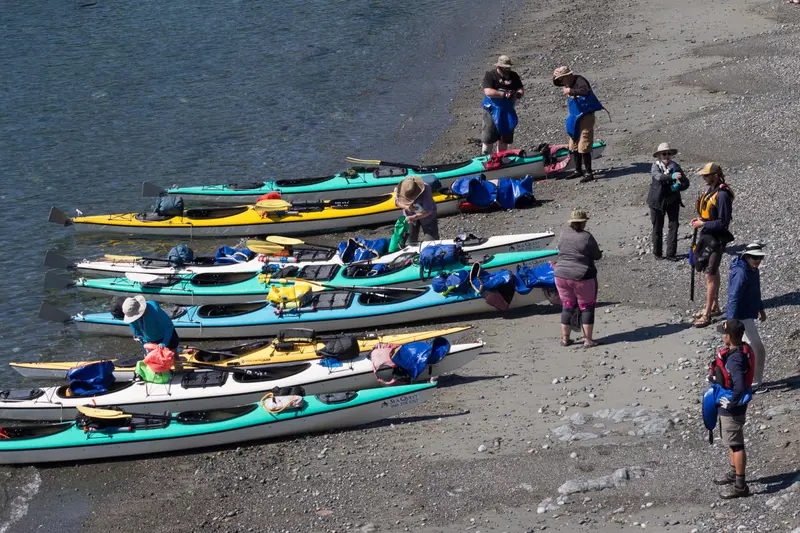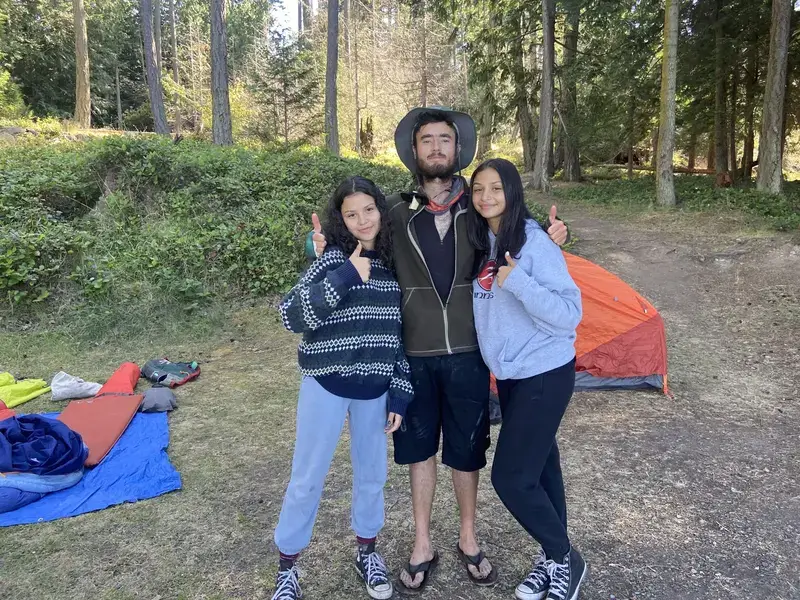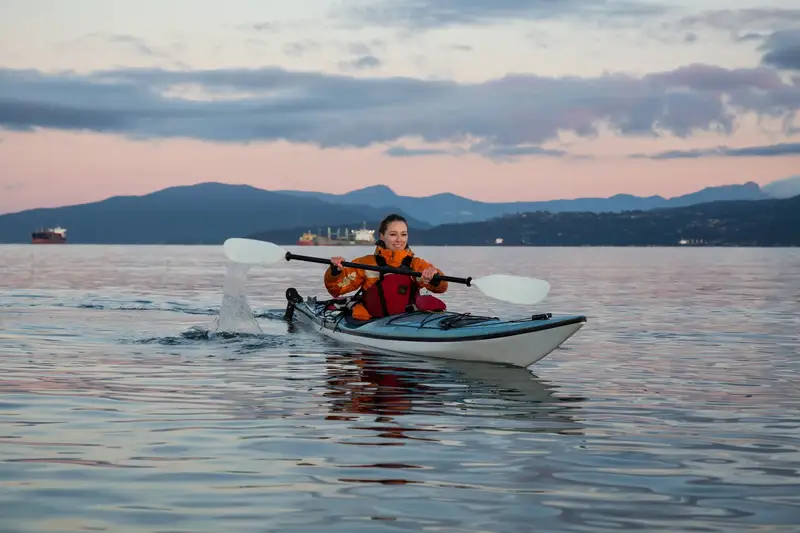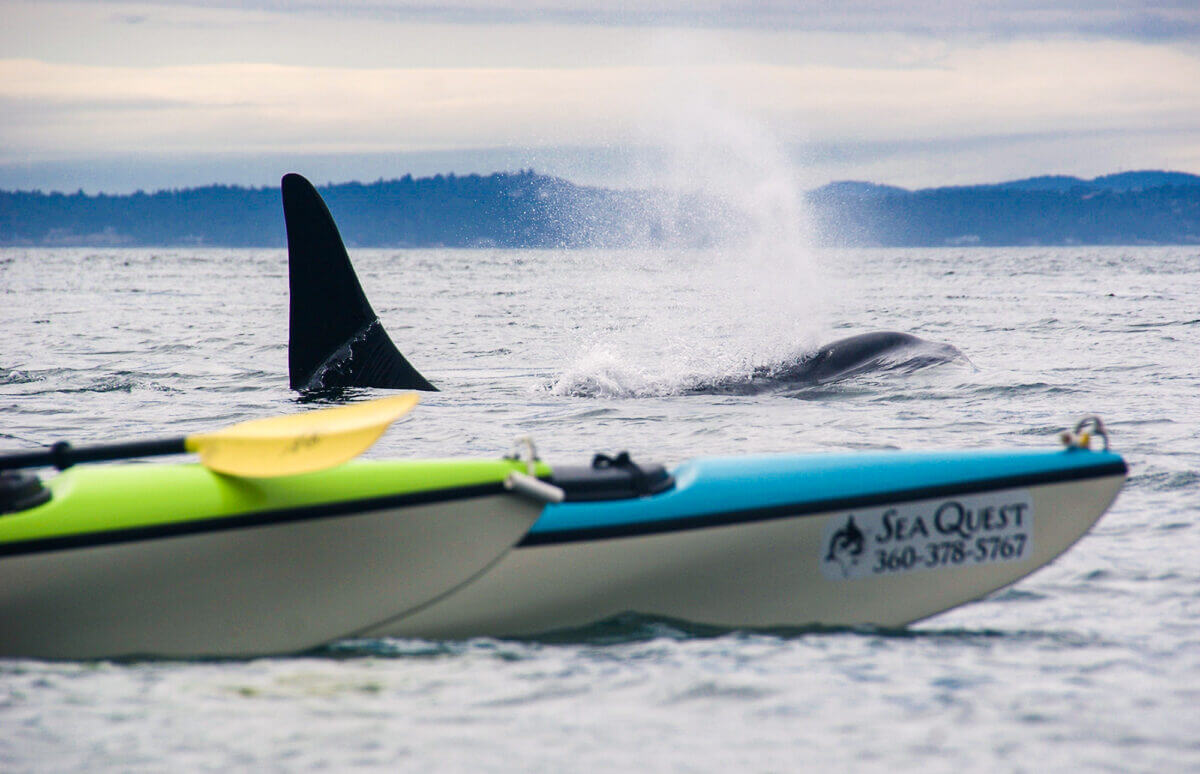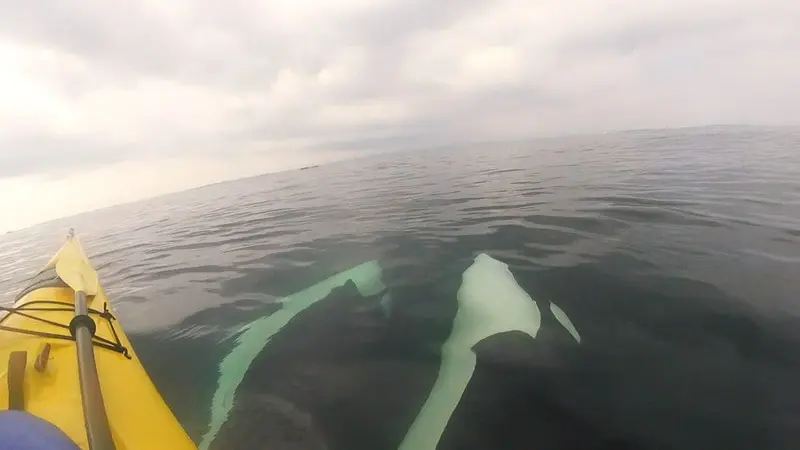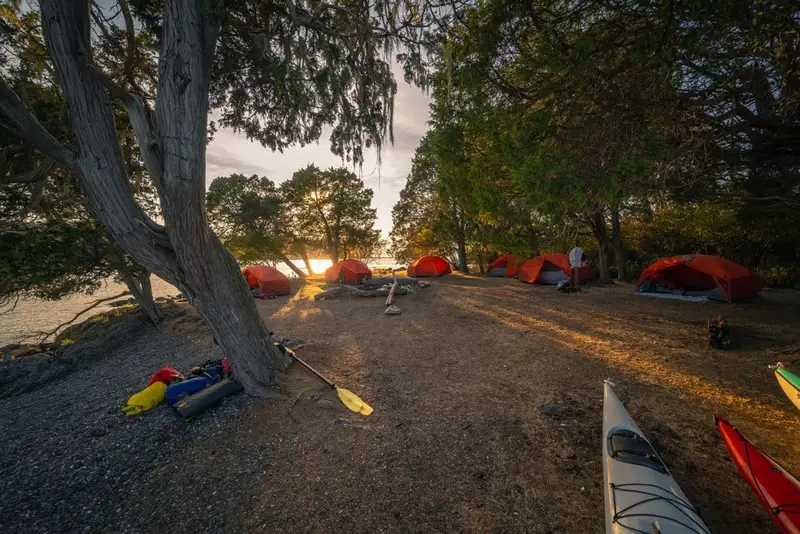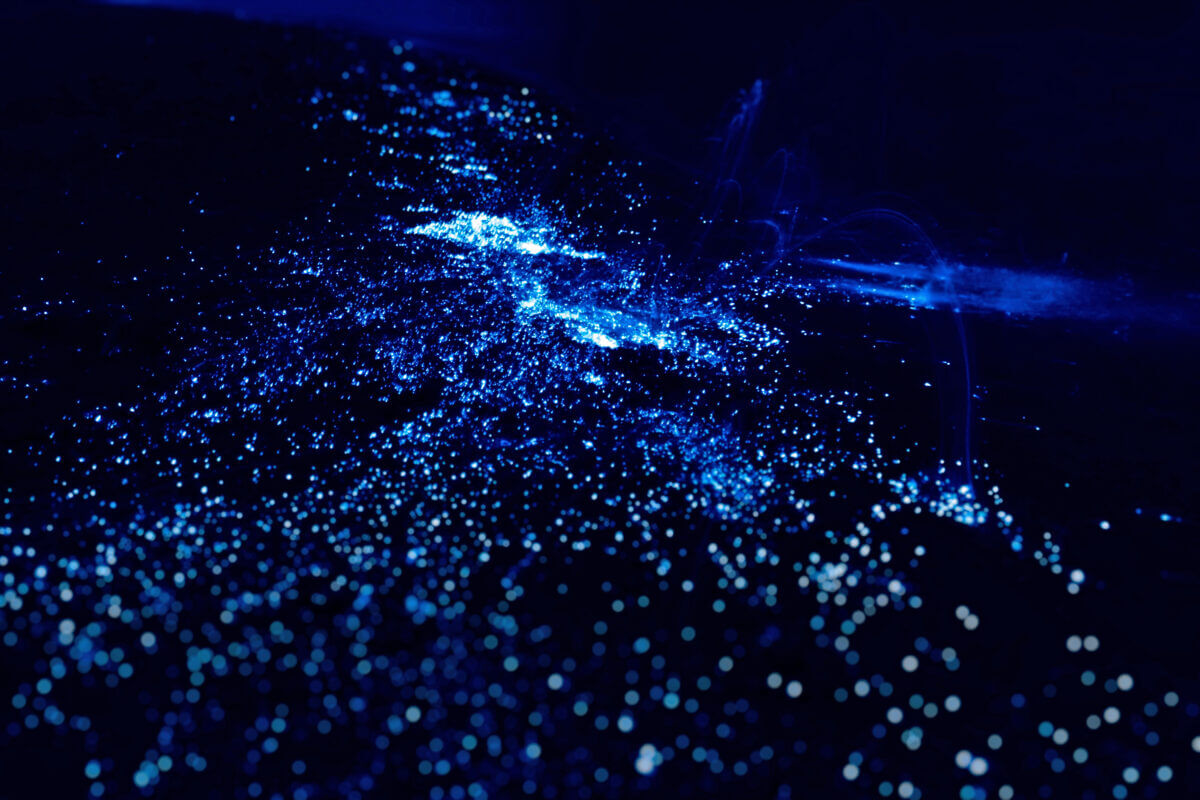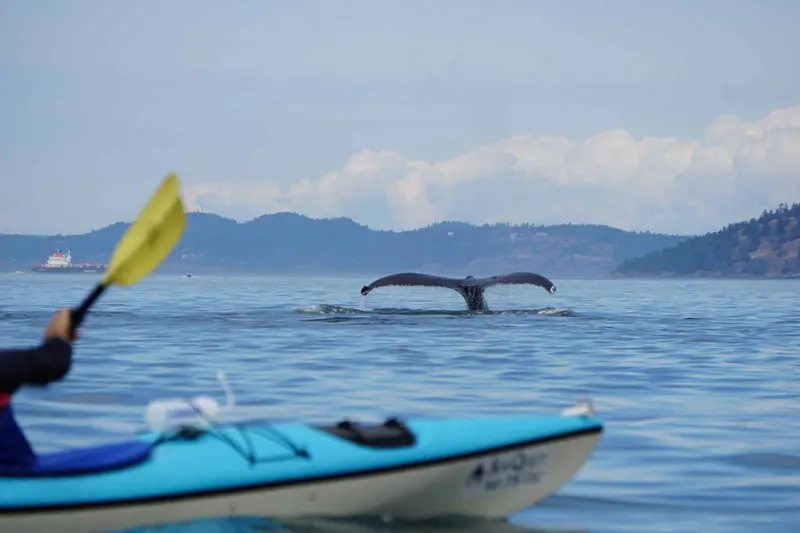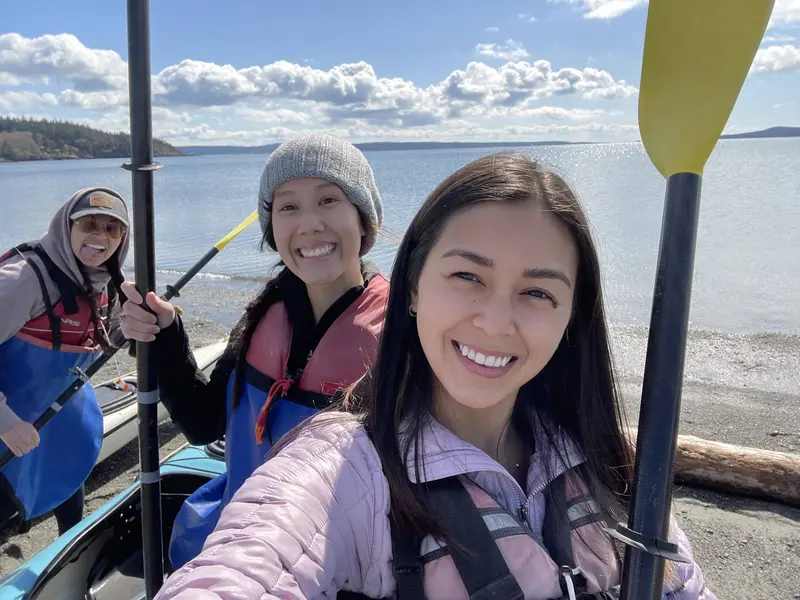NORTHERN LIGHTS KAYAK TOURS SAN JUAN ISLAND
San Juan Sea Kayaking
WHY CHOOSE SEA QUEST FOR YOUR NORTHERN LIGHTS KAYAK TOUR ON SAN JUAN ISLAND?
Best location for kayaking with northern lights near Seattle!
A magical glowing light show you won’t forget any time soon.
We make night kayaking a safe, fun and accessible experience!
Stay warm and dry on the water - even while kayaking at night! Our best in class equipment will ensure your comfort.
Best northern lights kayak tour display in Washington State.
Highest safety standards for any company operating kayak tours at night in the San Juan Islands.
Highest quality equipment of any northern lights kayak tour in the San Juan Islands.
The best quality guides in the San Juan Islands with the most training on where to find the northern lights in a kayak.
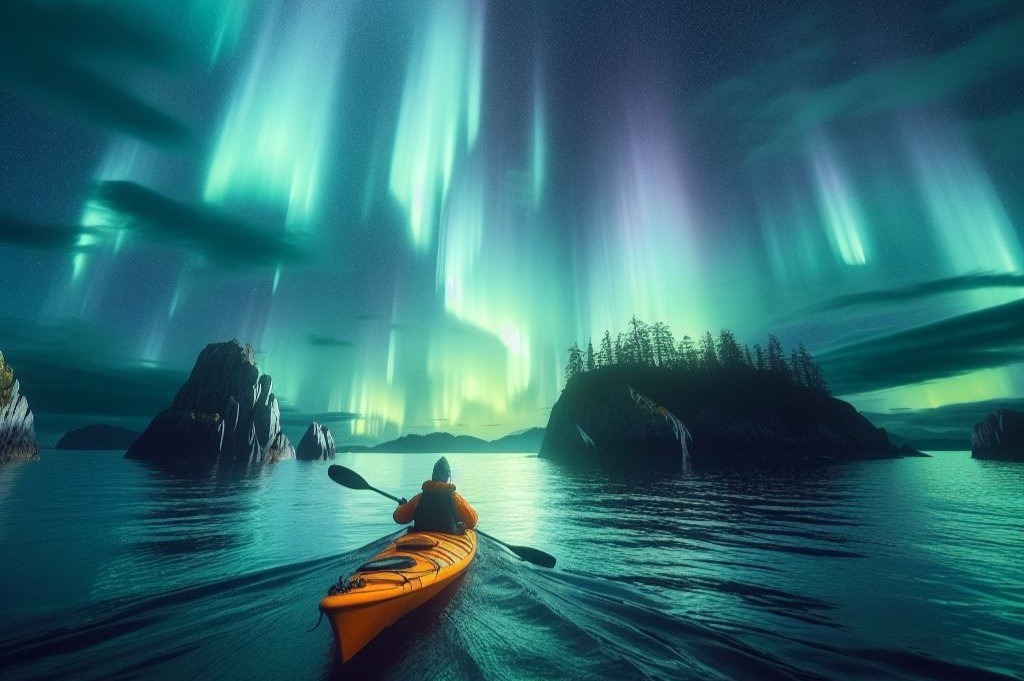
Ready to Start Your Northern Lights Kayak Adventure?
NORTHERN LIGHTS KAYAKING TOURS IN THE SAN JUAN ISLANDS
Sea Quest offers northern lights kayaking tours in the San Juan Islands every night that aurora borealis is predicted. No prior experience is required to join our northern lights kayak tours which offer you a chance to enjoy some of the finest aurora borealis light shows that nature provides! Below our kayaks, the fertile waters of the San Juan Islands support plankton that produces sparkling lights. And in the sky above, our rain-shadow shields away clouds to create the clearest nights anywhere in western Washington. We are certain that kayaking with the northern lights is an experience you’ll never forget! Don’t miss your window to book an aurora borealis kayak tour now before it’s too late. This is a once in a lifetime opportunity!
NORTHERN LIGHTS NIGHT KAYAKING TOURS IN THE SAN JUAN ISLANDS
Sea Quest’s northern lights kayaking tours in the San Juan Islands are offered daily after dusk. Our knowledgeable kayak guides will take you out to explore the beauty of our coastal waters. As the sun sets, the sky transforms into a canvas of vibrant hues, painting the heavens with the ethereal dance of the Northern Lights. Sea Quest’s kayaking tours in the San Juan Islands offer a nightly spectacle of this celestial wonder. Embark on a journey guided by the shimmering glow of the aurora, as our skilled kayak guides navigate you through the mystical waters. Join Sea Quest for an unforgettable experience under the Northern Lights, a true marvel of nature’s artistry.
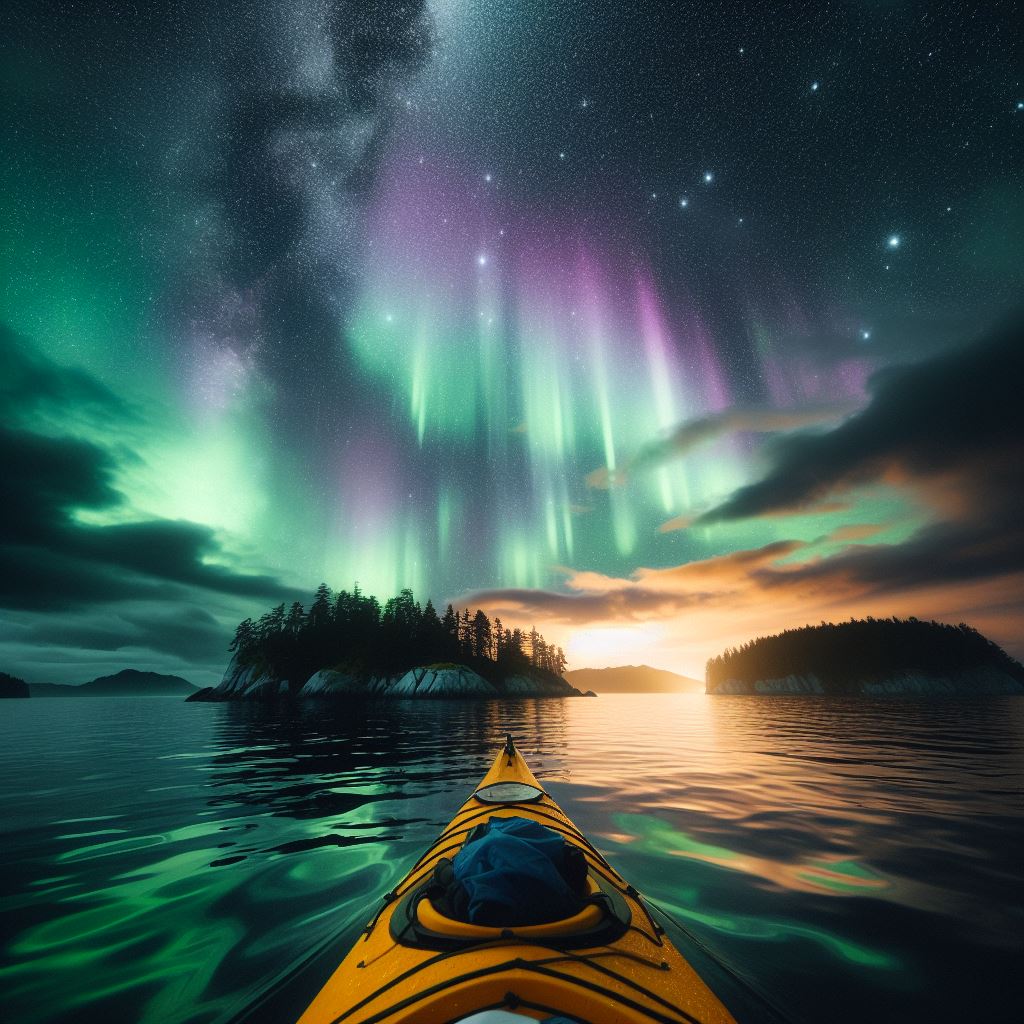
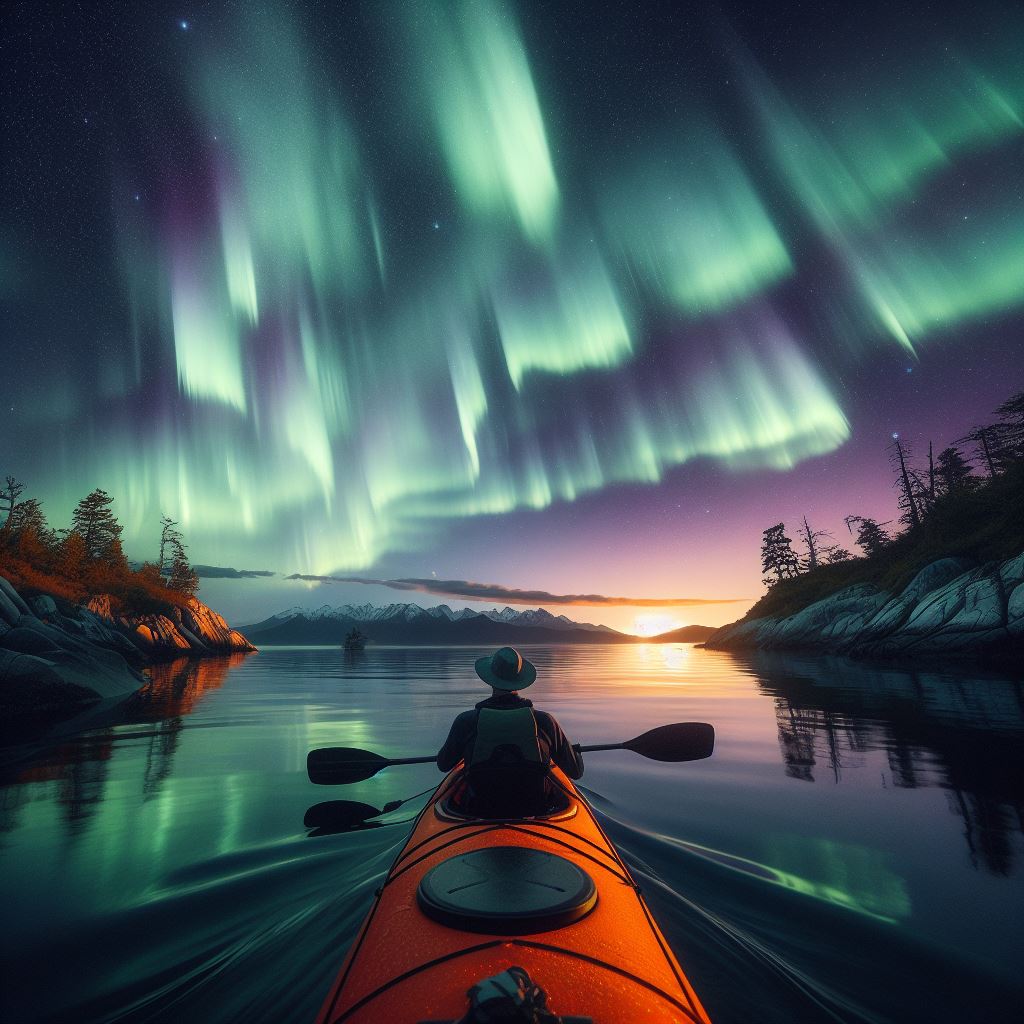
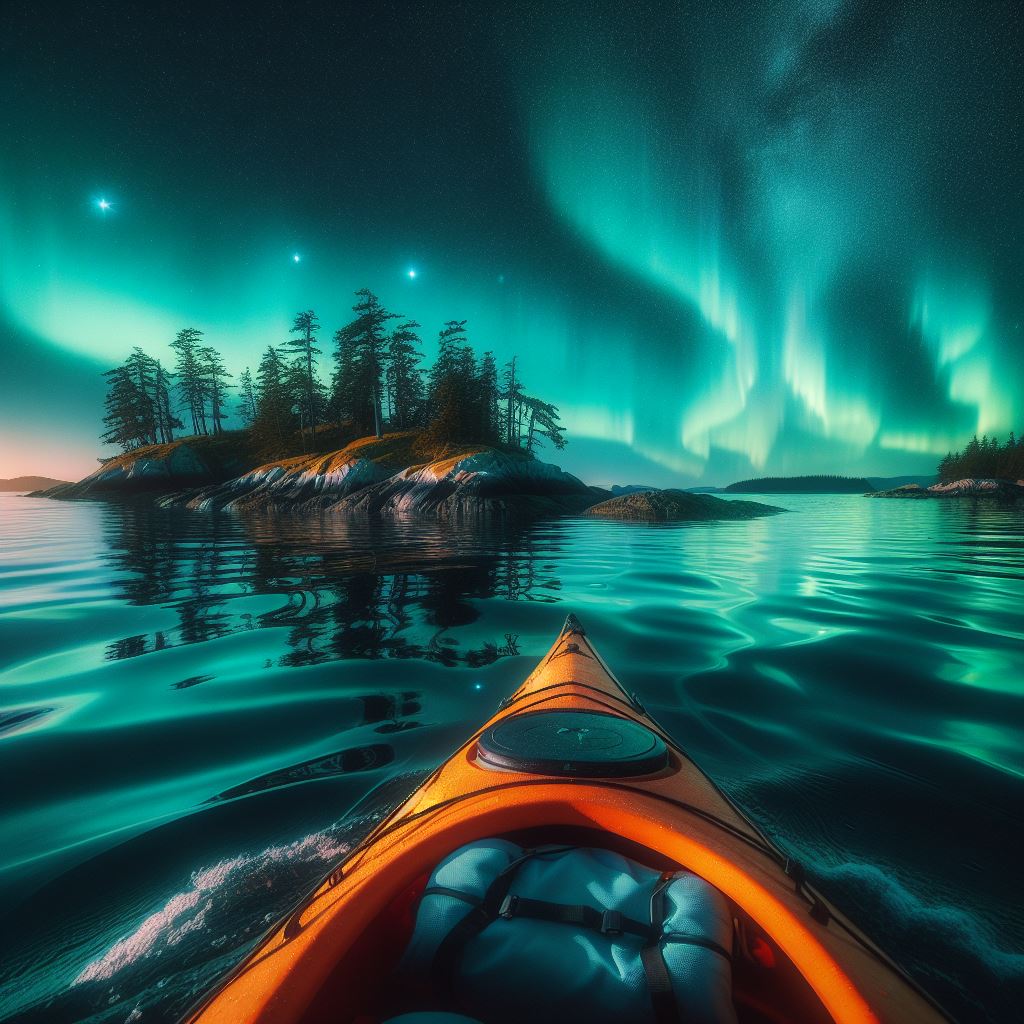
Are NORTHERN LIGHTS KAYAK tours IN THE SAN JUAN ISLANDS DANGEROUS?
Northern Lights kayaking excursions with Sea Quest in the San Juan Islands are not only an awe-inspiring adventure but also a remarkably safe one. Our experienced guides are well-trained and equipped to ensure your safety throughout the journey. They provide thorough instructions, assist you with proper gear, and are adept at navigating the waters, allowing you to fully enjoy the magical experience of witnessing the auroras in a secure environment. With Sea Quest, you can rest assured that your Northern Lights kayaking adventure will be both thrilling and safe.
HOW DO I CHOOSE A DATE FOR MY San Juan Islands Northern Lights KAYAK TRIP?
The intensity of northern lights viewing and the lunar cycle have a strong relationship. A bright full moon will make the aurora borealis seem dimmer. Oppositely, a dark new moon will allow the full glory of the northern lights to shine! The “in-between” phases of the lunar cycle offer moderate displays. To increase your chances of seeing a good aurora borealis display on your kayak trip with Sea Quest, use the lunar calendar on this page and select a date with a darker moon. If you want to see a partial moon, the best time to do so is during the third quarter phase. This is when the moon is waning and rises later at night. The first quarter moon rises well before the sun sets, so it is not as visible.
Please note that northern lights sightings cannot be guaranteed.
WHich DATES ARE BEST FOR NORTHERN LIGHTS KAYAK TOURS ON SAN JUAN ISLAND?
May through September presents the prime opportunity to catch a glimpse of the aurora. Despite the usual uptick in geomagnetic storm activity during winter, aurora visibility is heightened in the summer for the northern hemisphere because of the Earth’s axis tilt toward the Sun. This alignment permits northern lights displays to be observed directly overhead or further from the horizon, enhancing the viewing experience.
WHAT LUNAR PHASES ARE BEST FOR Northern lights, STAR-GAZING & BIOLUMINESCENCE?
- March 2-15
- April 2-15
- May 1-15, May 30
- June 1-14, June 28-30
- July 1-13, Jul 28-31
- August 1-12, August 26-31
- September 1-10, September 24-30
- October 1-9, October 25-31
WHAT LUNAR PHASES BEST ARE FOR ROMANTIC MOONLIGHT KAYAK TOURS?
- March 16-31
- April 1, April 16-30
- May 16-29
- June 15-27
- July 14-27
- August 13-25
- September 11-23
- October 10-24
TRIP DETAILS FOR NORTHERN LIGHTS KAYAK TOURS FROM SAN JUAN ISLAND
Duration
3 hours
Group Size
All Group Sizes
Age Range
All Ages
Activity Level
Beginner Friendly
Starting From
$139
Departures
Every Evening Every Day
Location
San Juan Islands, WA
RATED 4.7/5
(437 Reviews)
- Schedule: Northern Lights Kayak Tour offered daily.
- Trip Fee: $139 per person plus 8.3% state tax & $10 government launch fee. On rare dates, the fee is $159 due to limited resources, and this will be noted in the online reservation system.
- Meeting Place: Friday Harbor, San Juan Island. Look for our van and kayak trailer in the traffic circle adjacent to the Friday Harbor Ferry Terminal.
- Meeting Time: Northern lights kayak trips usually begin at sunset. Note that the trip start times in our reservation system vary with seasonal daylight hours. Our online reservation system will indicate the exact meeting time if you enter a specific date. If the times don’t work for you, we may be able to change them to meet your needs so feel free to ask!
- Itinerary: Our shuttle van takes you to the launch beach. The drive takes between 5 to 25 minutes. We provide a one hour kayak lesson on the beach. This lesson familiarizes everyone with the basic skills before we launch the sea kayaks in the dark. We then explore for about 1½ hours, covering 1 to 2 miles during the kayak adventure. We will paddle at a leisurely pace in search of good viewing areas. If we find a dark spot we will float there to soak in the experience of the northern lights. Remember to bring a headlamp or flashlight but turn it off to enjoy the aurora!
- Finish Time & Place: Friday Harbor Ferry Terminal; 3 hours after we pick you up.
- Total Time: Approximately 3 hours from meeting your guides to finish. Be aware that our weather, winds or currents can occasionally delay us!
WHAT ARE THE NORTHERN LIGHTS?
The Northern Lights, also known as aurora borealis, are captivating displays of colorful light in the sky, typically seen in high-latitude regions near the Arctic Circle. These phenomena are caused by the interaction of charged particles from the Sun with Earth’s magnetic field and atmosphere, resulting in stunning curtains, arcs, and swirls of light. While Washington may not be commonly associated with the Northern Lights, the summer season offers numerous opportunities to witness these displays, especially from a kayak, providing unique viewing experiences in unexpected locations.
WHAT ARE SOME COMMON MISCONCEPTIONS ABOUT THE NORTHERN LIGHTS?
Visible Beyond Arctic Regions: While commonly associated with polar regions, the Northern Lights can also be observed at lower latitudes, including places like Washington state. Thanks to its relatively high latitude and low light pollution, the San Juan Islands offer a fairly good chance of witnessing the auroras.
Year-Round Potential: Although the Northern Lights are often associated with winter, they can be seen in Washington and other locations year-round, with the best viewing opportunities typically occurring during the fall, winter, and early spring when nights are longer and skies are clearer. However, the May-September period provides an excellent opportunity to witness this celestial phenomenon in the skies of the San Juan Islands.
WHY DO THE NORTHERN LIGHTS EXIST?
Aurora borealis exists due to a complex interaction between charged particles from the Sun and Earth’s magnetic field and atmosphere. Here’s how it happens:
Solar Wind: The Sun continuously emits a stream of charged particles called the solar wind.
Earth’s Magnetic Field: Earth has a magnetic field that extends into space and forms a protective shield around the planet.
Magnetic Field Interaction: When the solar wind reaches Earth, it interacts with our planet’s magnetic field. Some of the charged particles are funneled towards the Earth’s poles along the magnetic field lines.
Atmospheric Collision: As these charged particles enter Earth’s atmosphere near the poles, they collide with atoms and molecules of gases, such as oxygen and nitrogen, in the upper atmosphere.
Emission of Light: These collisions excite the atoms and molecules, causing them to release energy in the form of light. The different colors of the Northern Lights are produced by different gases in the atmosphere and the altitude at which the collisions occur.
Overall, the Northern Lights exist as a beautiful natural phenomenon resulting from the interaction between the solar wind, Earth’s magnetic field, and our atmosphere.
HOW DOes space weather impact my noRthern lights KAYAK TRIP on san juan island?
NOAA’s Aurora Viewline provides a visual depiction of potential viewing areas for the Northern Lights for tonight and tomorrow night, utilizing the most recent geomagnetic activity data. This tool offers viewers valuable insights into optimal locations for witnessing auroras, based on the prevailing conditions. To enhance your chances of observing the northern lights on a kayak tour with Sea Quest, seek out a K-index of kp = 5 or higher and a Geomagnetic storm index of G = 1 or greater. As long the northern part of Washington state is covered by color, there is a chance to view aurora from a kayak on one of our tours!
NOAA’s Planetary K-index measures disturbances in the Earth’s magnetic field caused by solar activity, helping users understand the overall geomagnetic conditions that influence the visibility of the Northern Lights. This impacts the availability of the Northern Lights by providing crucial information about the geomagnetic activity levels, which directly affect the likelihood of auroral displays occurring and their visibility from different locations. Seek out a K-index of kp = 5 or higher.
NOAA’s Tips on Viewing the Aurora Page provides essential information for viewing the aurora, including suggestions on when and where to look, as well as advice on maximizing your chances of seeing the Northern Lights. It emphasizes the importance of dark, clear skies, viewing from locations away from light pollution, and monitoring aurora forecasts for optimal viewing opportunities. Northern lights kayak tours in the San Juan Islands with Sea Quest provide the darkest, clearest skies and best viewing locations anywhere in Washington for viewing aurora.
REVIEWS


Frequently Asked Questions
Is kayaking to see the Northern Lights in the San Juan Islands dangerous?
Northern Lights kayaking excursions with Sea Quest in the San Juan Islands are not only an awe-inspiring adventure but also a remarkably safe one. Our experienced guides are well-trained and equipped to ensure your safety throughout the journey. They provide thorough instructions, assist you with proper gear, and are adept at navigating the waters, allowing you to fully enjoy the magical experience of witnessing the auroras in a secure environment. With Sea Quest, you can rest assured that your Northern Lights kayaking adventure will be both thrilling and safe.
How does space weather impact my Northern Lights kayak trip on San Juan Island?
NOAA’s Aurora Viewline provides a visual depiction of potential viewing areas for the Northern Lights for tonight and tomorrow night, utilizing the most recent geomagnetic activity data. This tool offers viewers valuable insights into optimal locations for witnessing auroras, based on the prevailing conditions. To enhance your chances of observing the northern lights on a kayak tour with Sea Quest, seek out a K-index of kp = 5 or higher and a Geomagnetic storm index of G = 1 or greater. As long the northern part of Washington state is covered by color, there is a chance to view aurora from a kayak on one of our tours!
NOAA’s Planetary K-index measures disturbances in the Earth’s magnetic field caused by solar activity, helping users understand the overall geomagnetic conditions that influence the visibility of the Northern Lights. This impacts the availability of the Northern Lights by providing crucial information about the geomagnetic activity levels, which directly affect the likelihood of auroral displays occurring and their visibility from different locations. Seek out a K-index of kp = 5 or higher.
NOAA’s Tips on Viewing the Aurora Page provides essential tips for viewing the aurora, including suggestions on when and where to look, as well as advice on maximizing your chances of seeing the Northern Lights. It emphasizes the importance of dark, clear skies, viewing from locations away from light pollution, and monitoring aurora forecasts for optimal viewing opportunities. Northern lights kayak tours in the San Juan Islands with Sea Quest provide the darkest, clearest skies and best viewing locations anywhere in Washington.
Which dates are ideal for Northern Lights kayak tours on San Juan Island?
May through September presents the prime opportunity to catch a glimpse of the aurora. Despite the usual uptick in geomagnetic storm activity during winter, aurora visibility is heightened in the summer for the northern hemisphere because of the Earth’s axis tilt toward the Sun. This alignment permits Northern Lights displays to be observed directly overhead or further from the horizon, enhancing the viewing experience.
What are the Northern Lights?
The Northern Lights, also known as aurora borealis, are captivating displays of colorful light in the sky, typically seen in high-latitude regions near the Arctic Circle. These phenomena are caused by the interaction of charged particles from the Sun with Earth’s magnetic field and atmosphere, resulting in stunning curtains, arcs, and swirls of light. While Washington may not be commonly associated with the Northern Lights, the summer season offers numerous opportunities to witness these displays, especially from a kayak, providing unique viewing experiences in unexpected locations.
Why do the Northern Lights exist?
Aurora borealis exists due to a complex interaction between charged particles from the Sun and Earth’s magnetic field and atmosphere. Here’s how it happens:
Solar Wind: The Sun continuously emits a stream of charged particles called the solar wind.
Earth’s Magnetic Field: Earth has a magnetic field that extends into space and forms a protective shield around the planet.
Magnetic Field Interaction: When the solar wind reaches Earth, it interacts with our planet’s magnetic field. Some of the charged particles are funneled towards the Earth’s poles along the magnetic field lines.
Atmospheric Collision: As these charged particles enter Earth’s atmosphere near the poles, they collide with atoms and molecules of gases, such as oxygen and nitrogen, in the upper atmosphere.
Emission of Light: These collisions excite the atoms and molecules, causing them to release energy in the form of light. The different colors of the Northern Lights are produced by different gases in the atmosphere and the altitude at which the collisions occur.
Overall, the Northern Lights exist as a beautiful natural phenomenon resulting from the interaction between the solar wind, Earth’s magnetic field, and our atmosphere.
ed by a chemical process. The reason you may hear some people use the wrong term is because soldiers in World War II saw light in the sea of the same color as their phosphor tracer bullets. Not knowing any biology, they mistakenly called it “phosphorescence” and the improper name stuck for decades afterwards.
What are some common misconceptions about the Northern Lights?
Visible Beyond Arctic Regions: While commonly associated with polar regions, the Northern Lights can also be observed at lower latitudes, including places like Washington state. Thanks to its relatively high latitude and low light pollution, the San Juan Islands offer a fairly good chance of witnessing the auroras.
Year-Round Potential: Although the Northern Lights are often associated with winter, they can be seen in Washington and other locations year-round, with the best viewing opportunities typically occurring during the fall, winter, and early spring when nights are longer and skies are clearer. However, the May-September period provides an excellent opportunity to witness this celestial phenomenon in the skies of the San Juan Islands.
GEAR LIST
We provide the following:
Sea kayaks, all related sea kayaking trip gear, safety equipment, transportation to and from Friday Harbor and the launch beach, instruction and expert guides.
What you need to bring:
Suitable clothing and footwear for the beach, water bottle, HEADLAMP. Bring a warm sweater and rain jacket if windy or rainy. Click prepare for a San Juan Islands kayak tour for some tips.
MAPS & ROUTES
PLEASE NOTE:
Northern lights viewing cannot be guaranteed. Solar flares and wind are variable. Views of the skies may be obstructed by clouds, although these are rare May -September.
Our tours end well after dark. Make sure you book accommodations ahead of time for after your tour. The ferry system usually doesn’t run late enough to leave the island after your tour.
National Geographic chooses our San Juan Islands Kayaking tours in “10 Best Trips in the World for 2011.”

Sea Quest Kayak Tours is on ABC News! See us Kayaking with Orca Whales in the San Juan Islands.

San Juan Islands Kayaking Trips in Killer Whale Waters of Washington – a World’s Top 10 Adventure Bargain!

National Geographic chooses our San Juan Islands Kayaking tours in “10 Best Trips in the World for 2011.”


